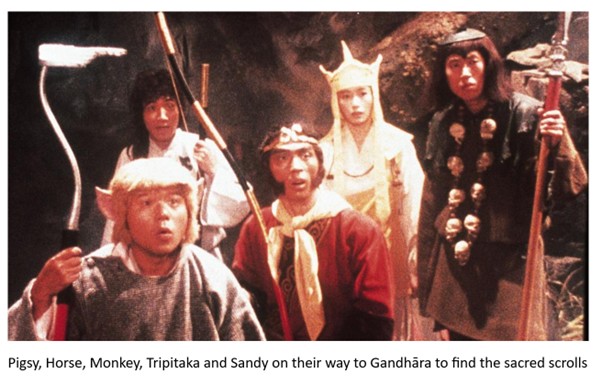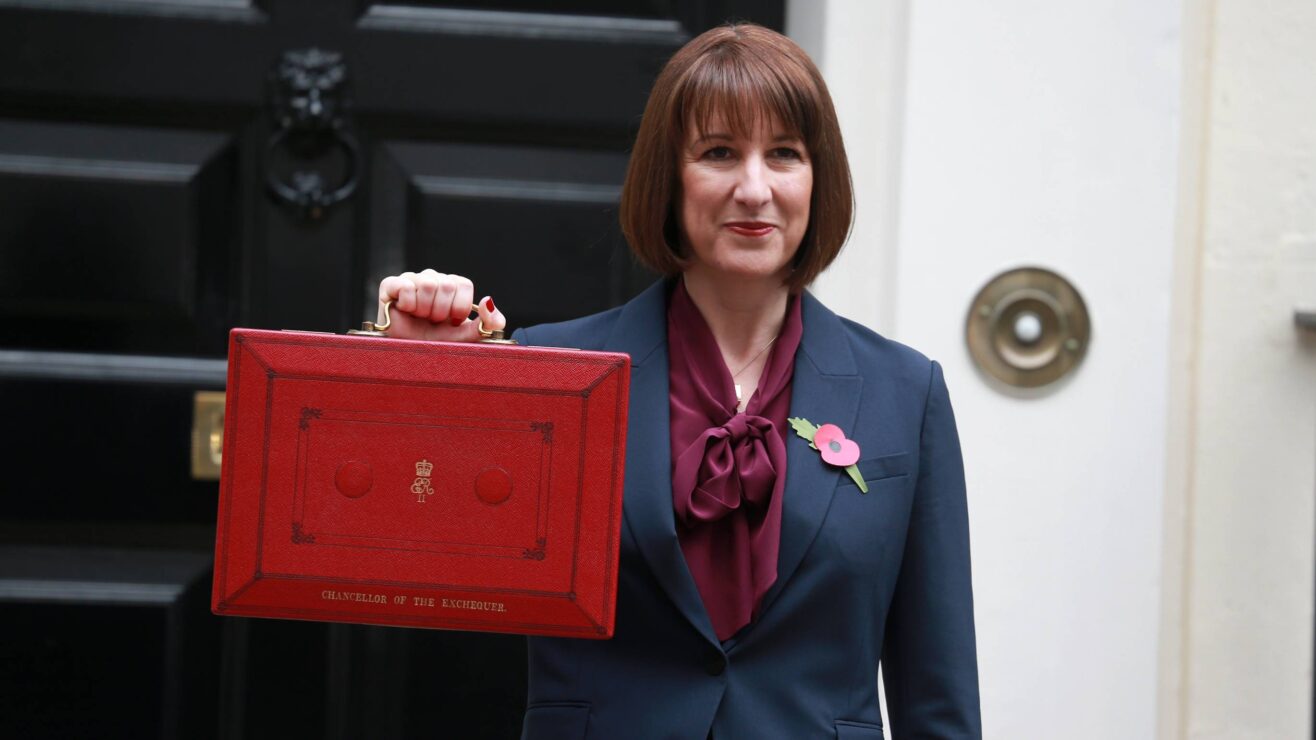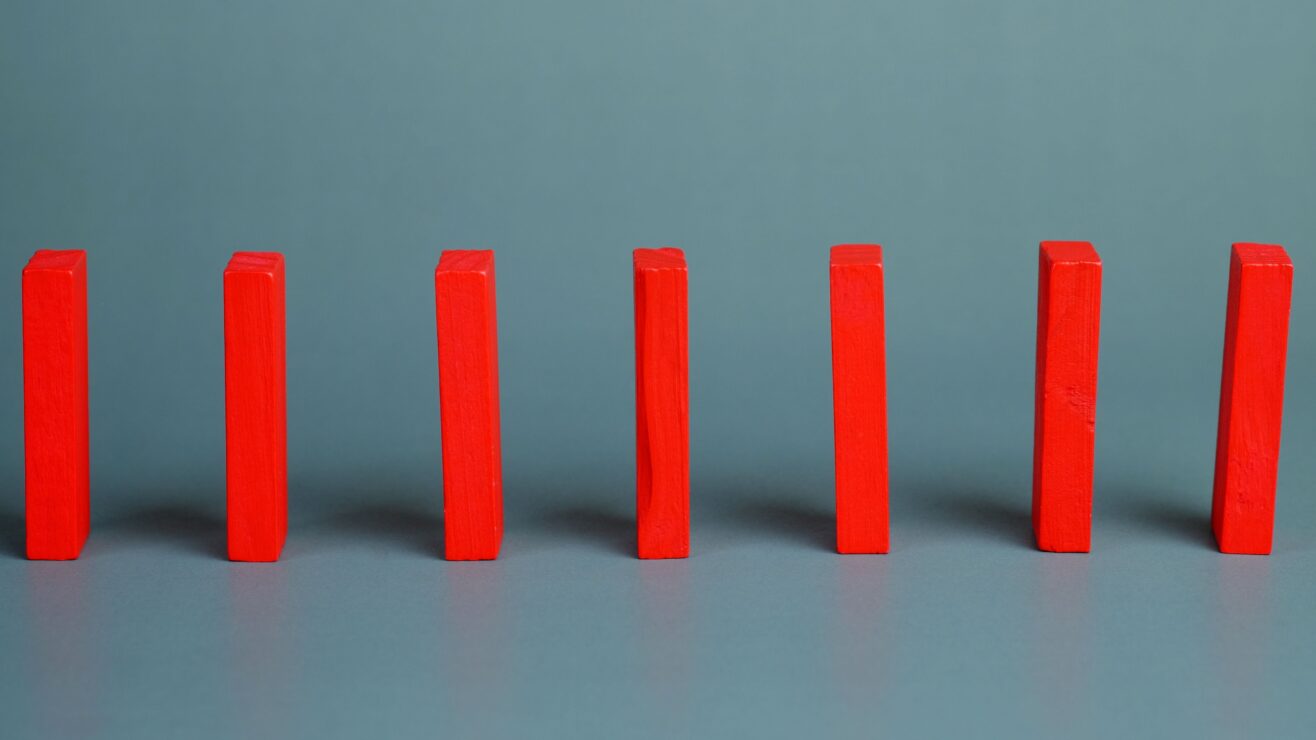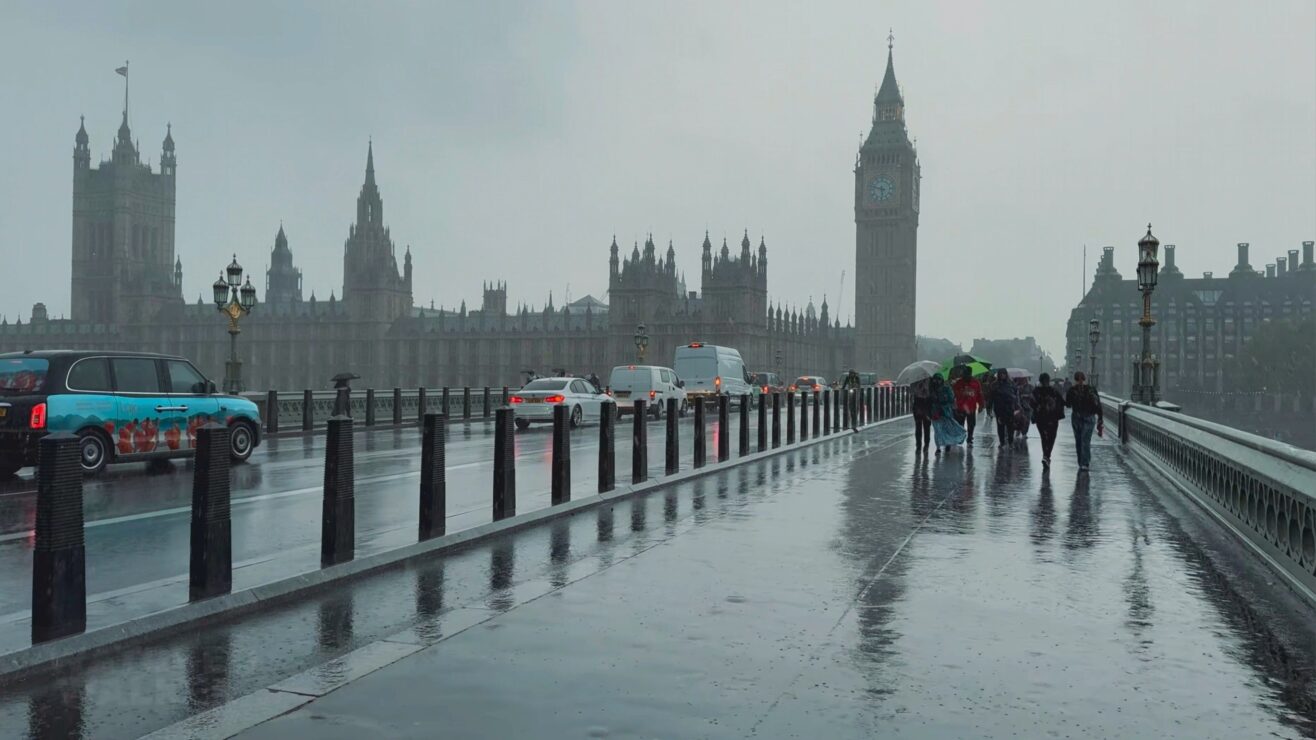We’re doing anther historical incursion today – looking at what was an internationally renowned centre of higher learning in the Indus valley.
We have to wind the clock back a long way. In 535 BCE Persian emperor Cyrus the Great invaded the lands to the east, and by 540 BCE had taken all of the lands to the west of the Indus. A regional capital was established at Taxila, which by then had probably already been a city for about 500 years. It was the obvious choice, having been capital of the ancient kingdom of Gandhāra. We also need to note that in 326 BCE Taxila surrendered to Alexander the Great’s army; that a few years later it became part of the Mauryan empire for over 100 years; then part of the Yavana empire for another hundred years or so; then occupied by Indo-Scythians between 80-ish BCE and 30 CE; and the Kushan empire until about 375 CE.
The following account draws strongly on Roy Lowe and Yoshihito Yasuhara’s 2016 work, The origins of higher learning. After the Persian conquest, Taxila became a centre for Vedic learning. By the time of Alexander and the early Mauryan emperors, there was a demand for scholars who could speak Greek.
As well as the Vedic scriptures, medicine was taught at Taxila. Two eminent healers – Charaka and Jivaka – both studied at Taxila, perhaps under the teacher Disapamok Achariya. Other notable people associated with Taxila included Panini (who was neither the inventor of the sandwich nor the inventor of sticker albums, but was in fact a Sanskrit grammarian) and Chanakya, an early political economist.
Lowe and Yasuhara tell us something about academic life at Taxila. Individual teachers shared a building with their students, and would enrol up to five hundred students. Senior students were used as assistant teachers, as clearly 500 is too many for one person (it’s easy to recognise the doctoral-students-as-teaching-assistants model here).
The curriculum comprised “the three Vedas and the eighteen accomplishments”. The three Vedas – books of verses – were the Rigveda (knowledge of the verses), the Yajurveda (knowledge of the sacrifice) and the Samaveda (knowledge of the chants). The eighteen accomplishments are not so clearly specified. On the evidence seen by Lowe and Yasuhara they may have included “elephant lore, magic charms, spells for reincarnating the dead, hunting, the study of animals’ cries, archery, the art of prognostication, charms, divining from bodily symptoms, and medicine”; to which was later added “logic, the atomic theory of creation, arithmetic, law, accountancy, agriculture and astronomy.”
This looks like a cracking degree programme to me. Particularly once I’d realised it was prognostication not procrastination, for which I’d want to submit a claim for accreditation of prior experiential learning. And, if you’re tempted to get sniffy about seriousness, it probably represented a good stab at the frontiers of knowledge at that time. Which is what first and second cycle qualifications of the UK higher education qualifications frameworks are about nowadays. So not so daft really.
The Kusham empire, in the first century CE, destroyed the city of Taxila to make way for their own city, rebuilt a little to the north. And in the fifth century the Hunas destroyed the rebuilt city. (It is not clear if these Hunas were connected to the Huns who were busy invading Europe at about this time.
And so there we have it; a very early institution of higher education. It is now a world heritage site, as suggested by the postcard, and a very popular tourist destination in Pakistan.
A final cultural connection. A favourite of mine from the 1970s TV schedules was Monkey! This was a TV adaptation of an early Chinese novel, the Voyage to the West.

The song played over the closing credits includes the lines “In Gandhāra, Gandhāra, they say it was in India…” – our heroes were escorting a Buddhist monk, Tripitaka, to being back some holy scrolls to help the emperor restore morality and order to China. It seems likely, I would suggest, that they were heading to Taxila.
And really finally, here’s a jigsaw of the card, in case you feel the need of some pleasant distraction.













This has just generated a very generational-specific conversation in the office 🙂 I very much recommend the Netflix reboot of Monkey!